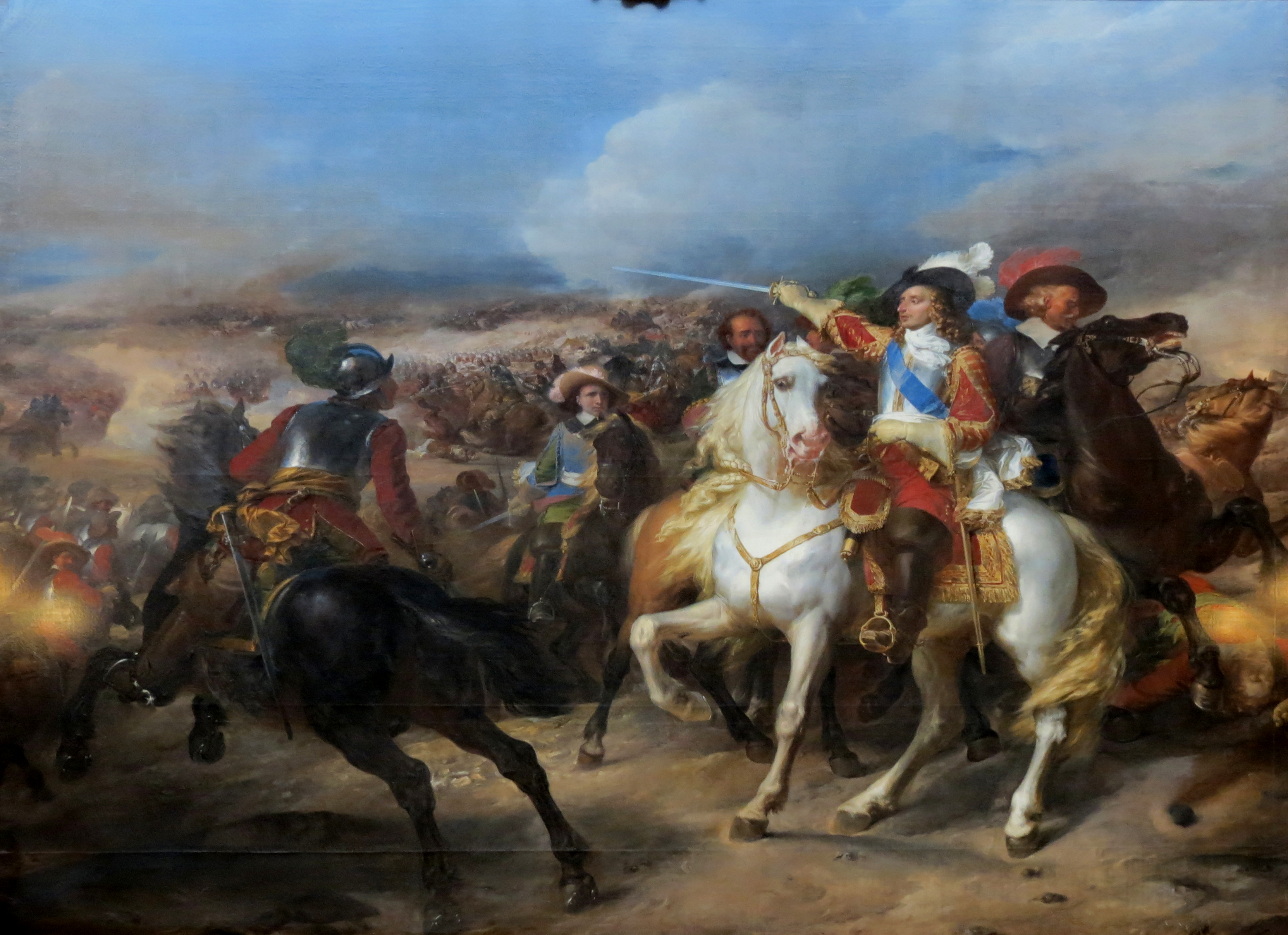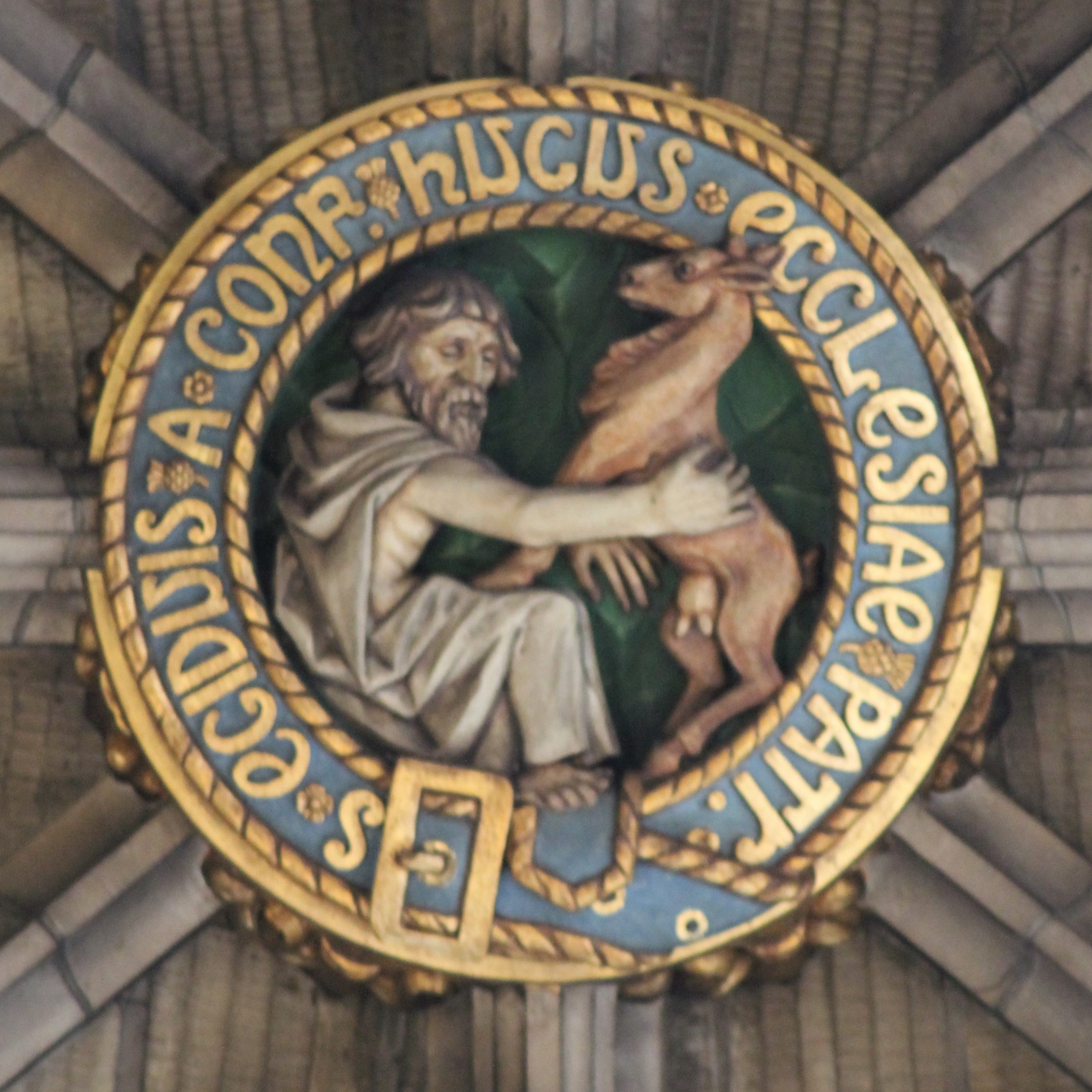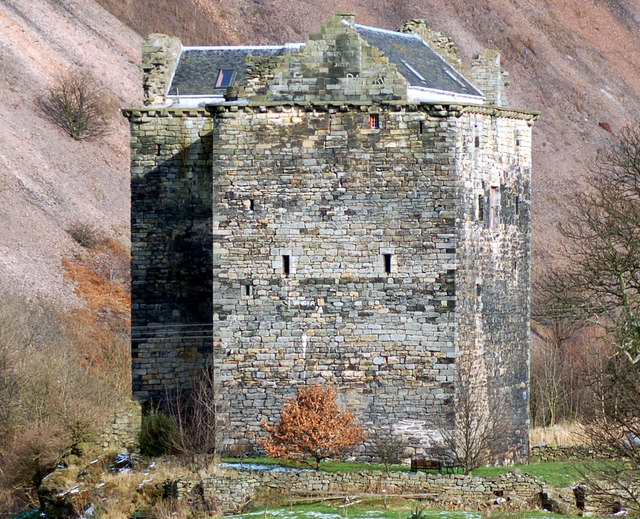|
George Seton, Lord Seton
George Seton, Lord Seton, Master of Winton (15 May 1613 – 4 June 1648) was a Scottish landowner. He was the eldest surviving son of George Seton, 3rd Earl of Winton and Anna Hay. He continued the family's long-standing Roman Catholic traditions. Through his father's influence, in 1639 he married Lady Henrietta Gordon, daughter of the Marquess of Huntly, with whom he made a great match and by whom he had four sons, of whom George succeeded his grandfather as fourth Earl of Winton, and the others died young or without issue. Seton showed great military abilities and was firmly attached to the Royalist cause. The family estates flourished under his stewardship, his father providing many opportunities to learn and excel at managing the family affairs, during the many troubles of the 17th century. Seton suffered great hardships at the hands of the rebels during the English Civil War, and his father had to sell long-held family estates in Linlithgowshire, that of Niddry Castle an ... [...More Info...] [...Related Items...] OR: [Wikipedia] [Google] [Baidu] |
Winchburgh
Winchburgh is a village in the council area of West Lothian, Scotland. It is located approximately west of the city-centre of Edinburgh, east of Linlithgow and northeast of Broxburn. Prehistory and archaeology Archaeological excavations in 2013 in advance of the construction of a housing development by CFA Archaeology found the remains of a sub-circular double-ditched enclosure. Not many artefacts were found and radiocarbon dates from waterlogged wood and animal bone were between 1600–200 BC, indicating the people had been living or working in Winchburgh at least a thousand years before the earliest records of the town. History There has been a settlement in Winchburgh for over one thousand years. Early spellings include Wincelburgh (1189); Wynchburghe (1377); from 'wincel' and 'burh' meaning 'Town in the nook or angle'. It is possible that it was named after the bend in the Niddry Burn that runs through the village. The early settlement was probably near to Niddry Cast ... [...More Info...] [...Related Items...] OR: [Wikipedia] [Google] [Baidu] |
Heirs Apparent Who Never Acceded
Inheritance is the practice of receiving private property, titles, debts, entitlements, privileges, rights, and obligations upon the death of an individual. The rules of inheritance differ among societies and have changed over time. Officially bequeathing private property and/or debts can be performed by a testator via will, as attested by a notary or by other lawful means. Terminology In law, an ''heir'' is a person who is entitled to receive a share of the deceased's (the person who died) property, subject to the rules of inheritance in the jurisdiction of which the deceased was a citizen or where the deceased (decedent) died or owned property at the time of death. The inheritance may be either under the terms of a will or by intestate laws if the deceased had no will. However, the will must comply with the laws of the jurisdiction at the time it was created or it will be declared invalid (for example, some states do not recognise handwritten wills as valid, or only in ... [...More Info...] [...Related Items...] OR: [Wikipedia] [Google] [Baidu] |
1648 Deaths
1648 has been suggested as possibly the last year in which the overall human population declined, coming towards the end of a broader period of global instability which included the collapse of the Ming dynasty and the Thirty Years' War, the latter of which ended in 1648 with the Peace of Westphalia. Events January–March * January 15 – Manchu invaders of China's Fujian province capture Spanish Dominican priest Francisco Fernández de Capillas, torture him and then behead him. Capillas will be canonized more than 350 years later in 2000 in the Roman Catholic Church as one of the Martyr Saints of China. * January 15 – Alexis of Russia, Alexis, Tsar of Russia, marries Maria Miloslavskaya, who later gives birth to two future tsars (Feodor III and Ivan V) as well as Sophia Alekseyevna of Russia, Princess Sophia Alekseyevna, the regent for Peter I. * January 17 – By a vote of 141 to 91, England's Long Parliament passes the Vote of No Addresses, br ... [...More Info...] [...Related Items...] OR: [Wikipedia] [Google] [Baidu] |
1613 Births
Events January–June * January 11 – Workers in a sandpit in the Dauphiné region of France discover the skeleton of what is alleged to be a 30-foot tall man (the remains, it is supposed, of the giant Teutobochus, a legendary Gallic king who fought the Romans). * January 20 – King James I of England successfully mediates the Treaty of Knäred between Denmark and Sweden. * February 14 – Elizabeth, daughter of King James I of England, marries Frederick V, Elector Palatine. * March 3 (February 21 O.S.) – An assembly of the Russian Empire elects Mikhail Romanov Tsar of Russia, ending the Time of Troubles. The House of Romanov will remain a ruling dynasty until 1917. * March 27 – The first English child is born in Canada at Cuper's Cove, Newfoundland to Nicholas Guy. * March 29 – Samuel de Champlain becomes the first unofficial Governor of New France. * April 13 – Samuel Argall captures Algonquian princess Pocahontas in Passapat ... [...More Info...] [...Related Items...] OR: [Wikipedia] [Google] [Baidu] |
Edinburgh
Edinburgh ( ; gd, Dùn Èideann ) is the capital city of Scotland and one of its 32 Council areas of Scotland, council areas. Historically part of the county of Midlothian (interchangeably Edinburghshire before 1921), it is located in Lothian on the southern shore of the Firth of Forth. Edinburgh is Scotland's List of towns and cities in Scotland by population, second-most populous city, after Glasgow, and the List of cities in the United Kingdom, seventh-most populous city in the United Kingdom. Recognised as the capital of Scotland since at least the 15th century, Edinburgh is the seat of the Scottish Government, the Scottish Parliament and the Courts of Scotland, highest courts in Scotland. The city's Holyrood Palace, Palace of Holyroodhouse is the official residence of the Monarchy of the United Kingdom, British monarchy in Scotland. The city has long been a centre of education, particularly in the fields of medicine, Scots law, Scottish law, literature, philosophy, the sc ... [...More Info...] [...Related Items...] OR: [Wikipedia] [Google] [Baidu] |
St Giles' Cathedral
St Giles' Cathedral ( gd, Cathair-eaglais Naomh Giles), or the High Kirk of Edinburgh, is a parish church of the Church of Scotland in the Old Town, Edinburgh, Old Town of Edinburgh. The current building was begun in the 14th century and extended until the early 16th century; significant alterations were undertaken in the 19th and 20th centuries, including the addition of the Thistle Chapel. St Giles' is closely associated with many events and figures in Scottish history, including John Knox, who served as the church's minister after the Scottish Reformation.Gordon 1958, p. 31. Likely founded in the 12th centuryMcIlwain 1994, p. 4. and dedicated to Saint Giles, the church was elevated to collegiate church, collegiate status by Pope Paul II in 1467. In 1559, the church became Protestant with John Knox, the foremost figure of the Scottish Reformation, as its minister. After the Reformation, St Giles' was internally partitioned to serve multiple congregations as well as secular purpo ... [...More Info...] [...Related Items...] OR: [Wikipedia] [Google] [Baidu] |
James Graham, 1st Marquess Of Montrose
James Graham, 1st Marquess of Montrose (1612 – 21 May 1650) was a Scottish nobleman, poet and soldier, Lord Lieutenant, lord lieutenant and later viceroy and captain general of Scotland. Montrose initially joined the Covenanters in the Wars of the Three Kingdoms, but subsequently supported King Charles I of England, Charles I as the English Civil War developed. From 1644 to 1646, and again in 1650, he fought in the Scotland in the Wars of the Three Kingdoms, civil war in Scotland on behalf of the King. He is referred to as the Great Montrose. Following his defeat and capture at the Battle of Carbisdale, Montrose was tried by the Parliament of Scotland, Scottish Parliament and sentenced to death by hanging, followed by Decapitation, beheading and Hanged, drawn and quartered, quartering. After the Stuart Restoration, Restoration, Charles II of England, Charles II paid £802 sterling for a lavish funeral in 1661, when Montrose's reputation changed from treason, traitor or mar ... [...More Info...] [...Related Items...] OR: [Wikipedia] [Google] [Baidu] |
Coat Of Arms
A coat of arms is a heraldry, heraldic communication design, visual design on an escutcheon (heraldry), escutcheon (i.e., shield), surcoat, or tabard (the latter two being outer garments). The coat of arms on an escutcheon forms the central element of the full achievement (heraldry), heraldic achievement, which in its whole consists of a shield, supporters, a crest (heraldry), crest, and a motto. A coat of arms is traditionally unique to an individual person, family, state, organization, school or corporation. The term itself of 'coat of arms' describing in modern times just the heraldic design, originates from the description of the entire medieval chainmail 'surcoat' garment used in combat or preparation for the latter. Roll of arms, Rolls of arms are collections of many coats of arms, and since the early Modern Age centuries, they have been a source of information for public showing and tracing the membership of a nobility, noble family, and therefore its genealogy across tim ... [...More Info...] [...Related Items...] OR: [Wikipedia] [Google] [Baidu] |
Niddry Castle
Niddry Castle is a sixteenth-century tower house near Winchburgh, West Lothian, Scotland. It is situated near the Union Canal, and between two large oil shale bings, or waste heaps. Historically it was known as Niddry Seton or West Niddry to distinguish it from Niddry Marischal in Midlothian and Longniddry in East Lothian. History The tower was built around 1500 by the Lord Seton. Mary, Queen of Scots stayed here 2 May 1568, after her escape from captivity in Loch Leven Castle. George, Lord Seton garrisoned the castle in support of Queen Mary in 1572 during the civil war in Scotland. According to two chronicles, the ''Diurnal of Occurrents'' and the ''Historie of James the Sext'', Niddry was attacked twice, in April and June. In April, Captain Scougall with forewarning repelled a night attack. He suspended heavy timber beams around the tower and released them on a party climbing scaling ladders. The garrison of Edinburgh Castle supported Niddry by attacking Merchiston Cast ... [...More Info...] [...Related Items...] OR: [Wikipedia] [Google] [Baidu] |
George Seton, 3rd Earl Of Winton
George Seton, 3rd Earl of Winton (December 1584 – 17 December 1650) was a notable Royalist and Cavalier, the second son of Robert Seton, 1st Earl of Winton and 6th Lord Seton, by his spouse Margaret, daughter of Hugh Montgomerie, 3rd Earl of Eglinton. Biography Seton was known, before his older brother's illness as "George Seton of St Germans". His Catholic tutor Stephen Ballantyne was criticised by the Presbytery of Tranent and the elders of Haddington forced his removal. Two more Catholic tutors were dismissed after pressure from the Kirk. The Seton brothers, like many other Scottish aristocrats, completed their education in France. His elder brother Robert Seton, 2nd Earl of Winton, had no issue, and resigned the Earldom on 26 June 1606, to George, who continued the developments that his brother and father had begun at Seton Palace, and later, in 1630, at Port Seton, as well as throughout the many estates under his control in both that county and Linlithgowshire. In 1619 ... [...More Info...] [...Related Items...] OR: [Wikipedia] [Google] [Baidu] |






_by_Sir_George_Reid_-_Sir_George_Reid_-_ABDAG003965.jpg)


